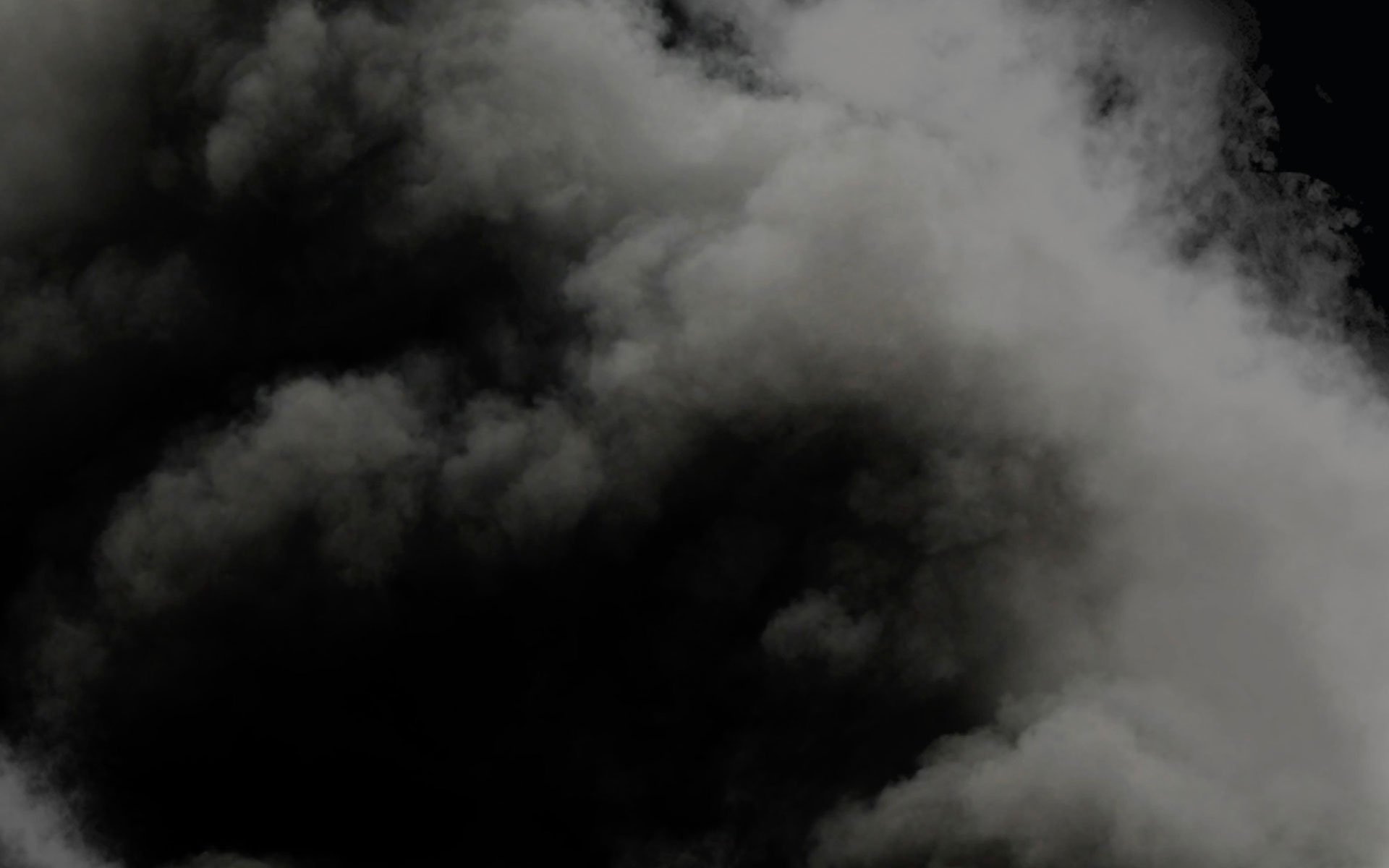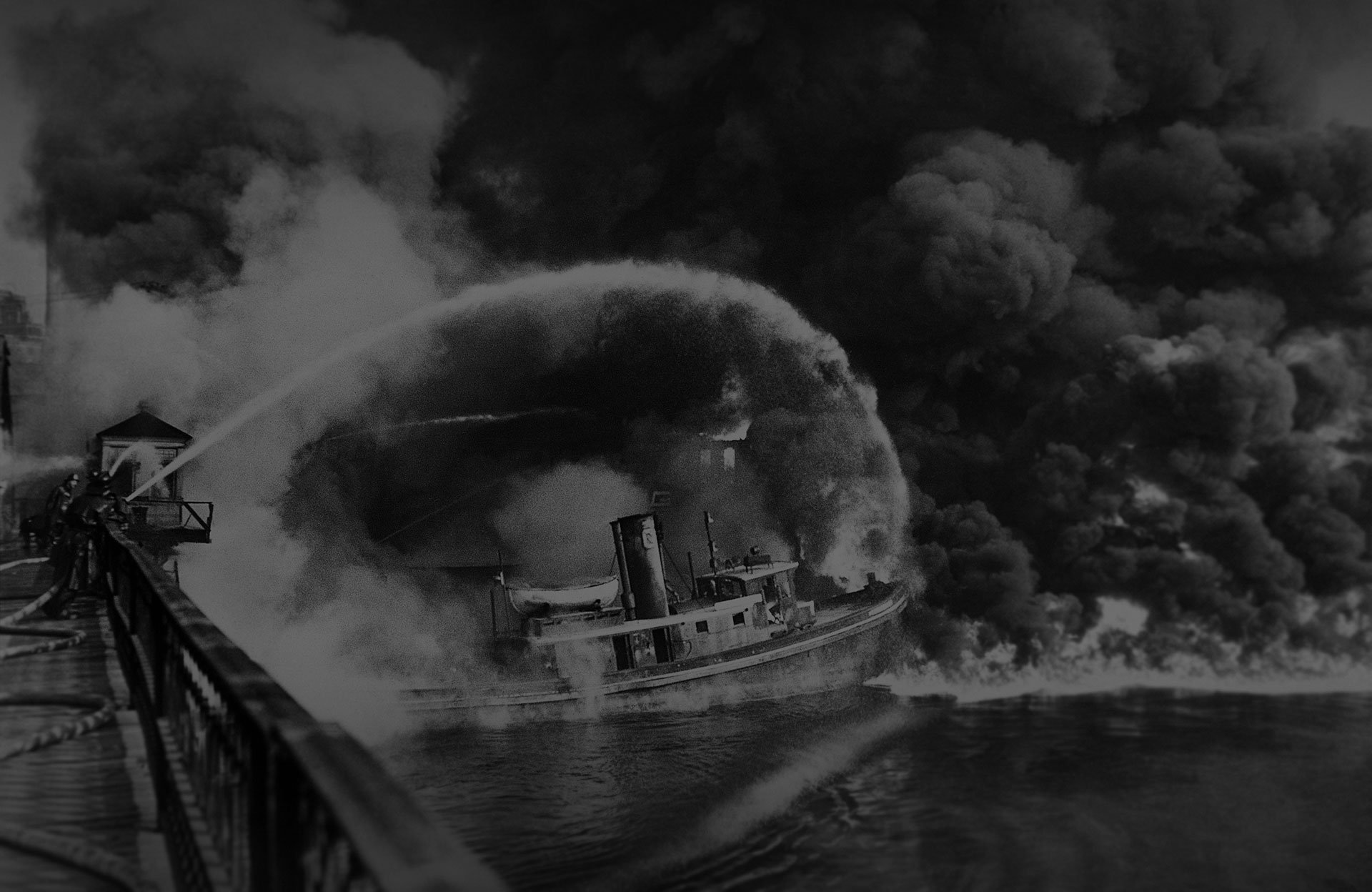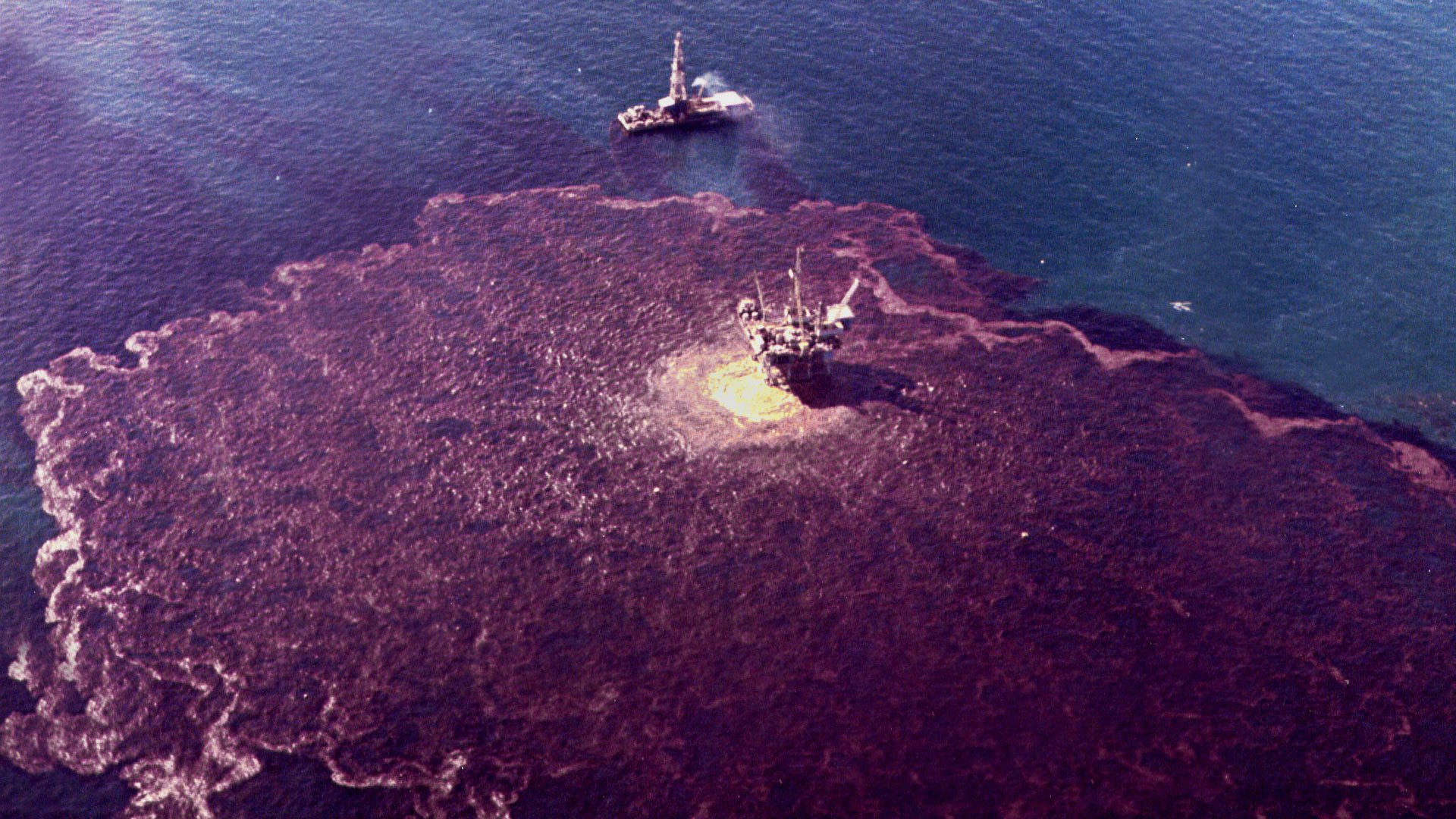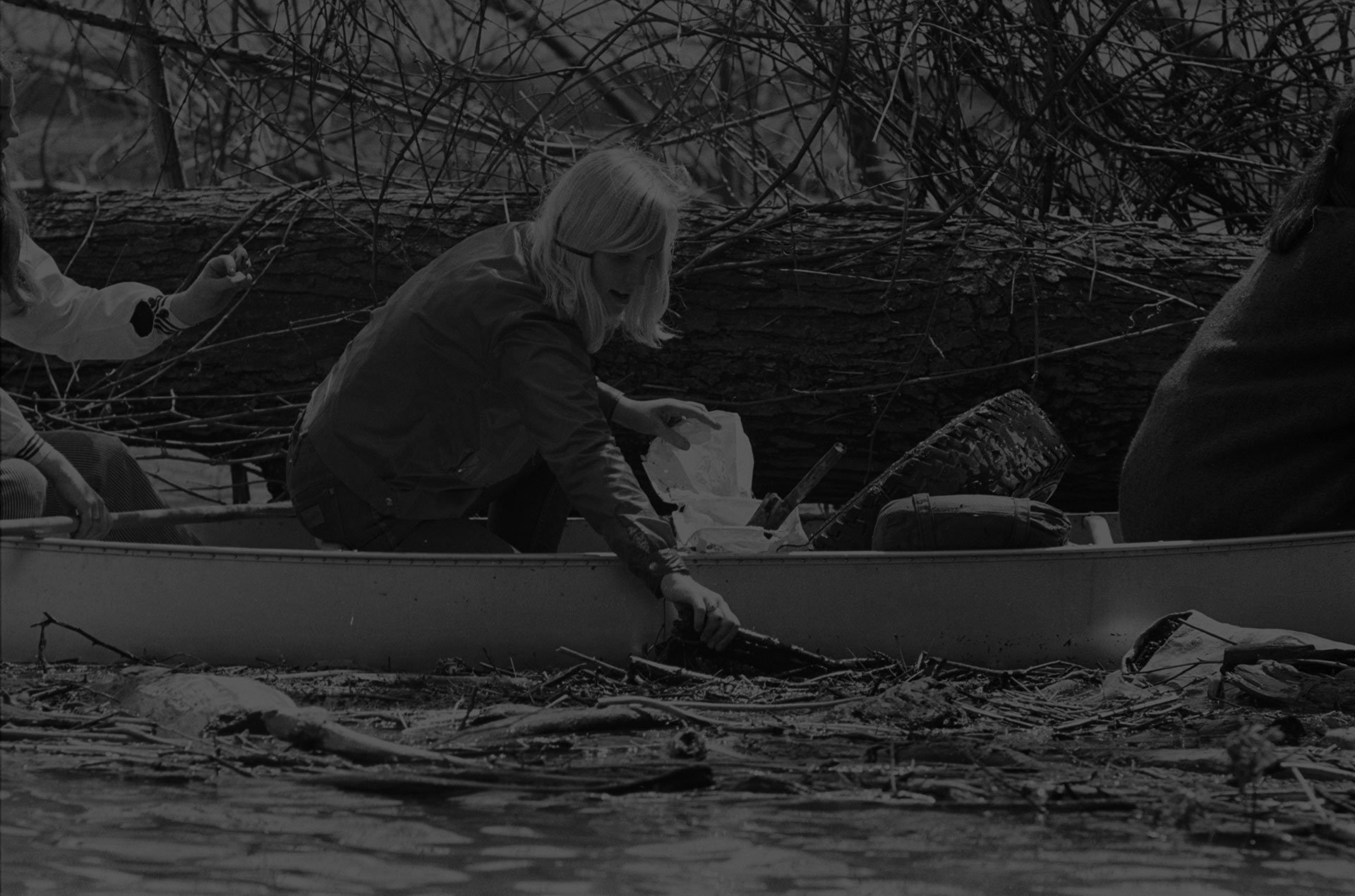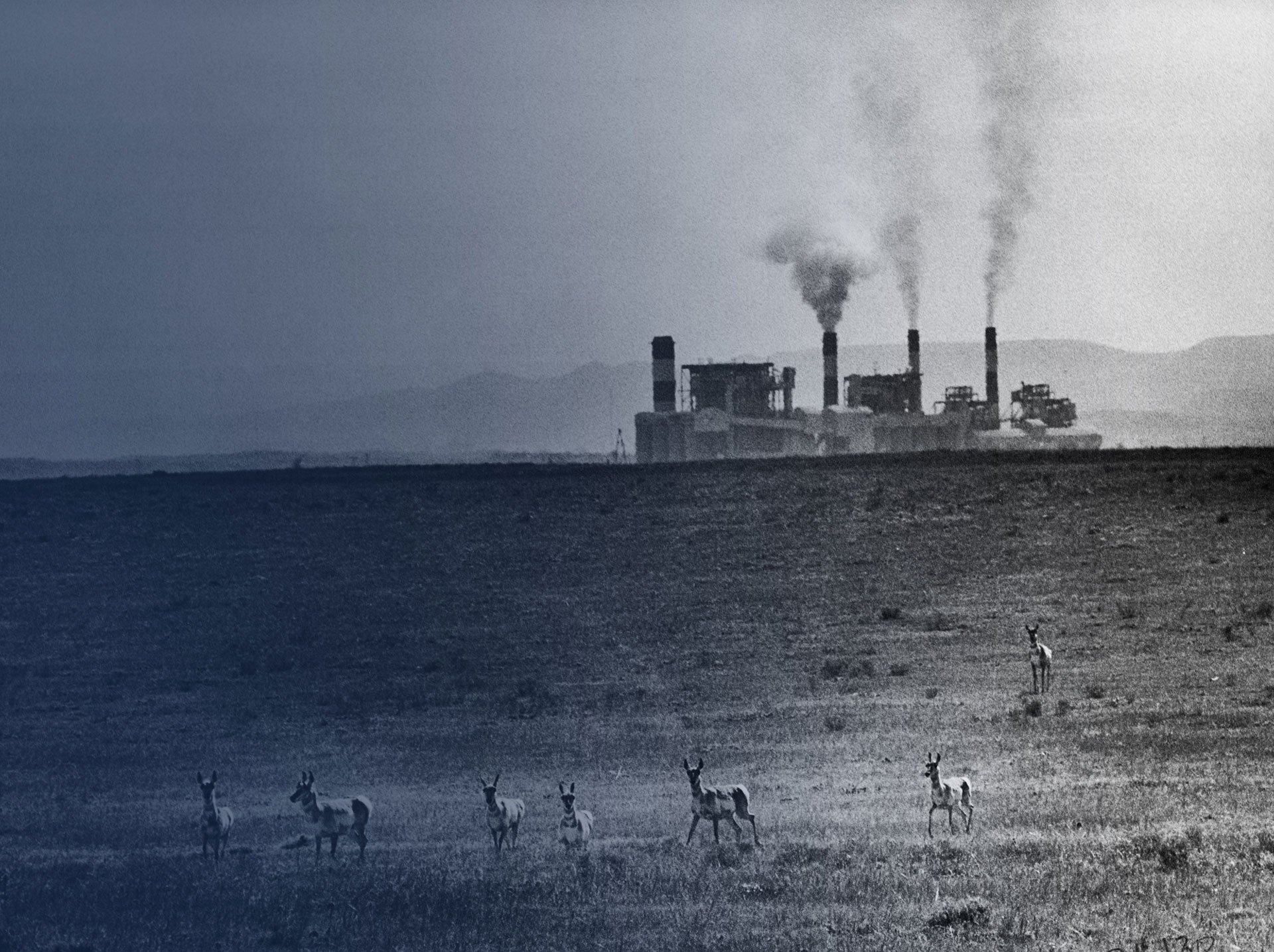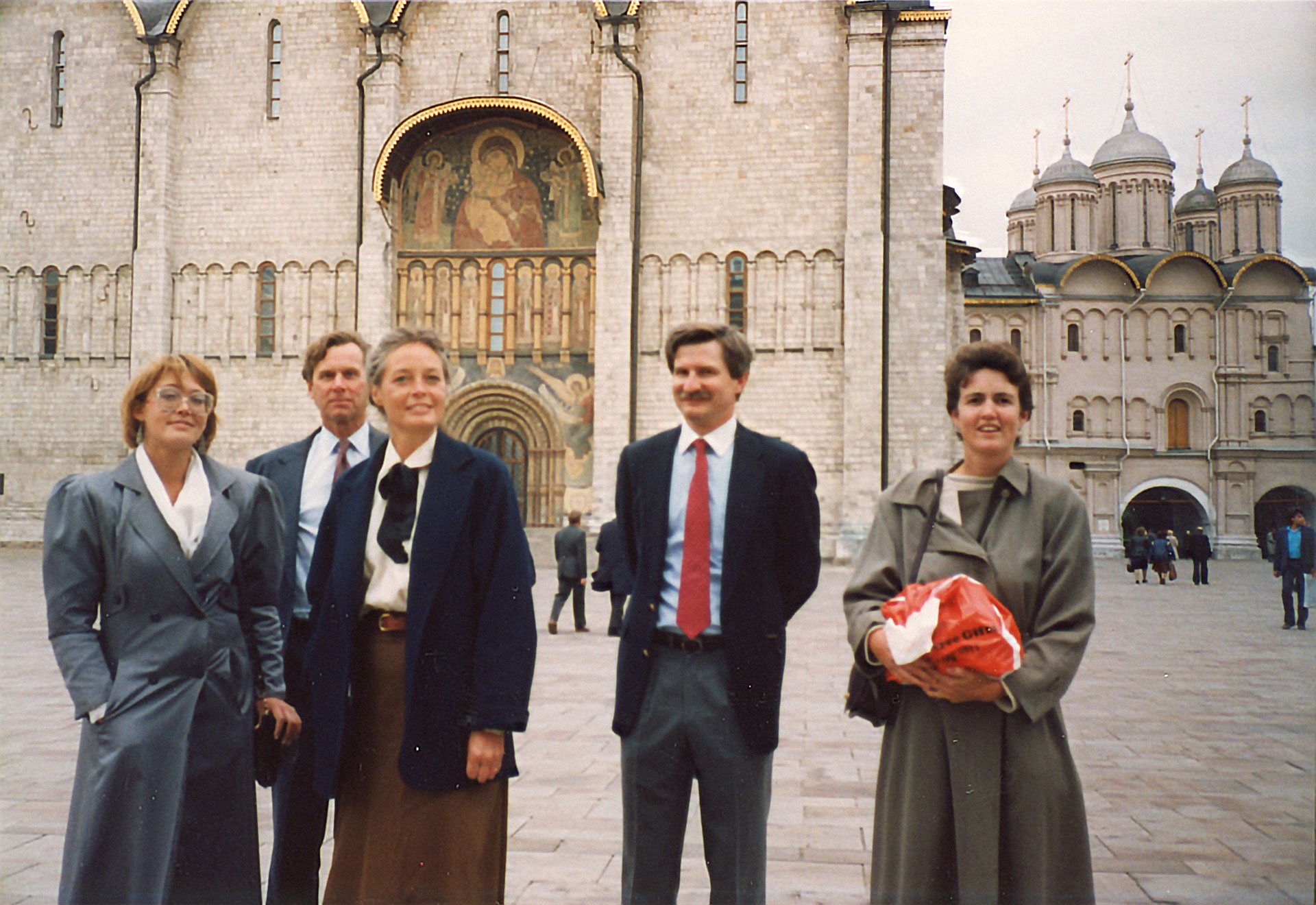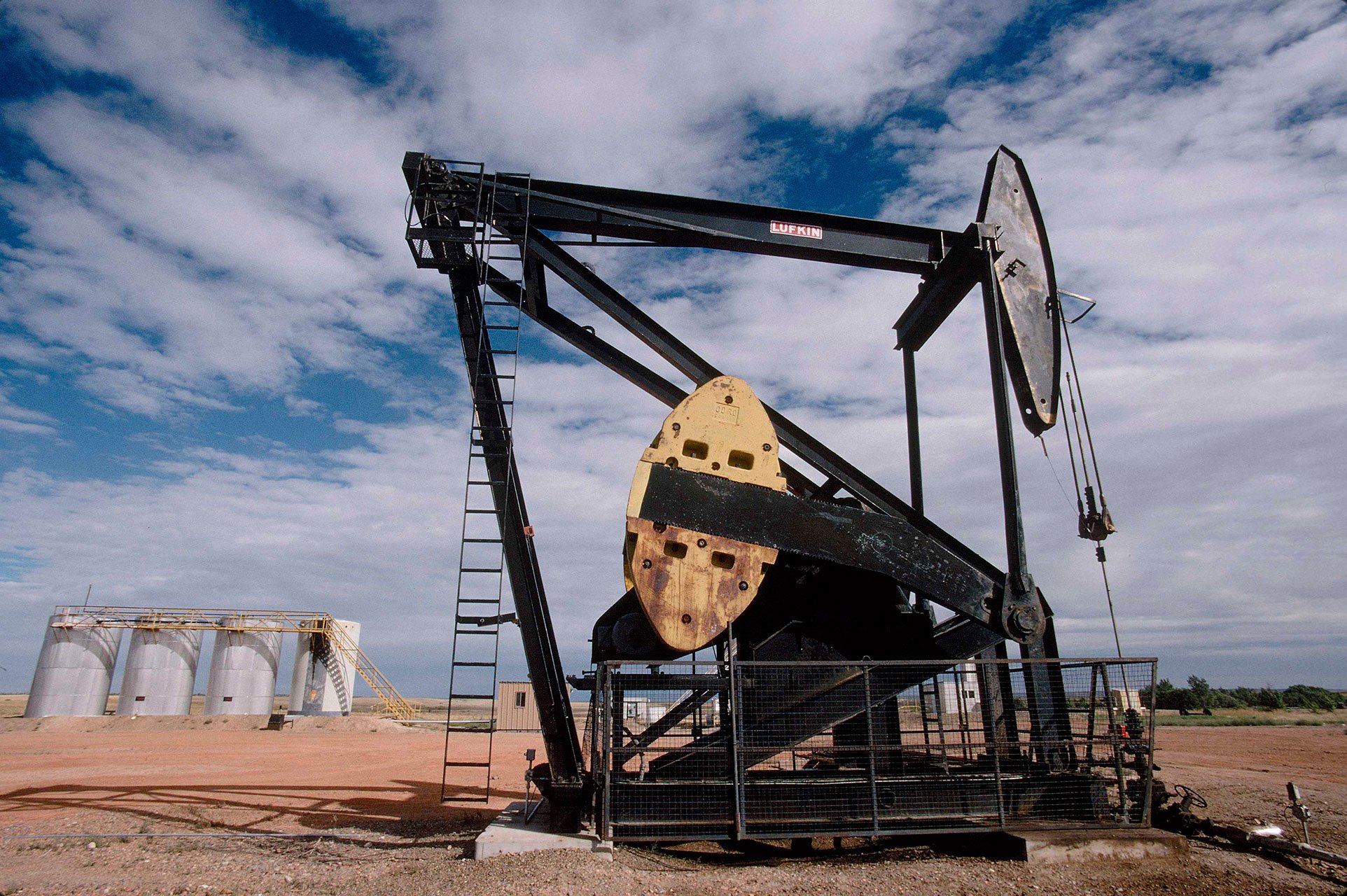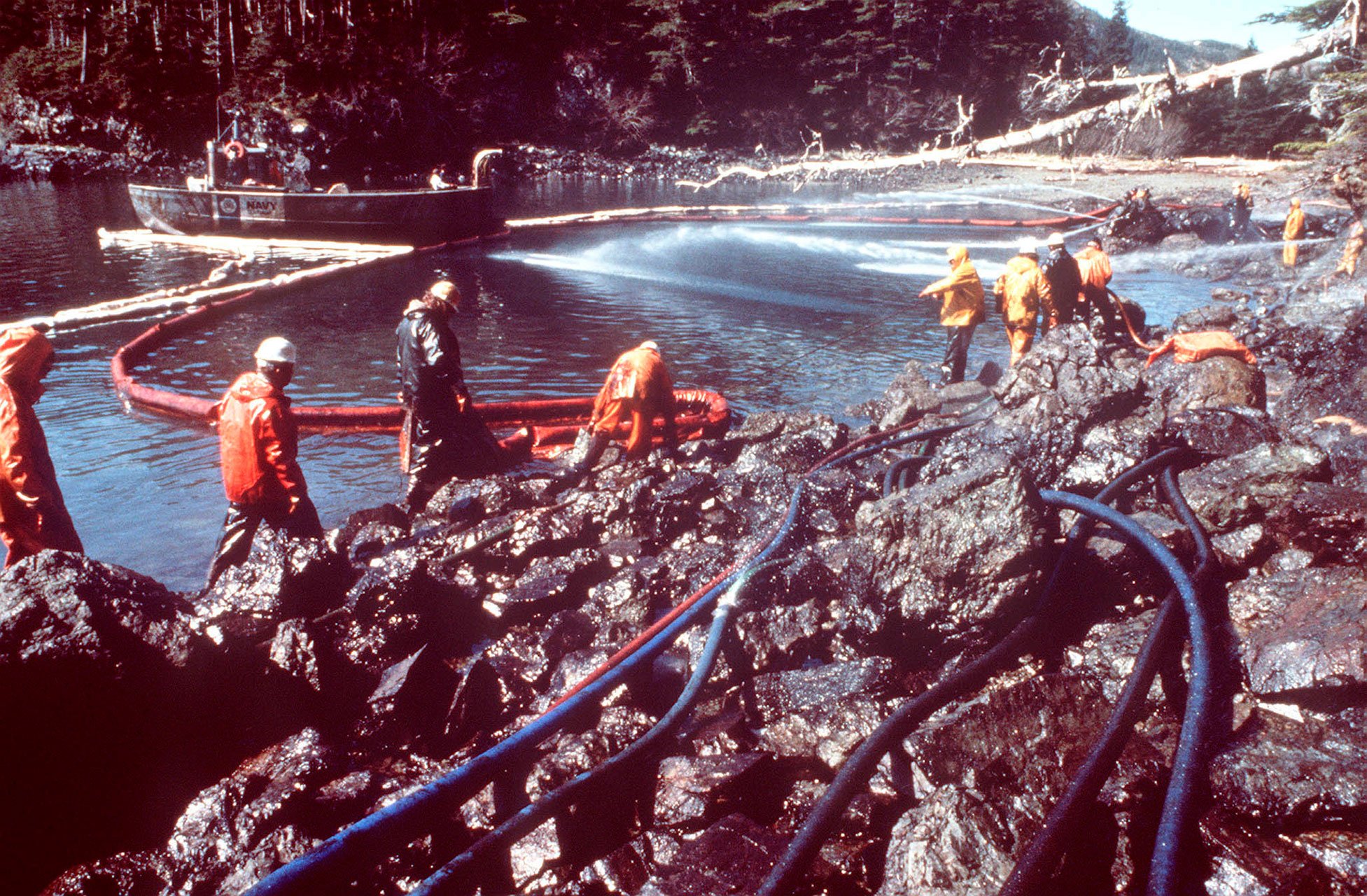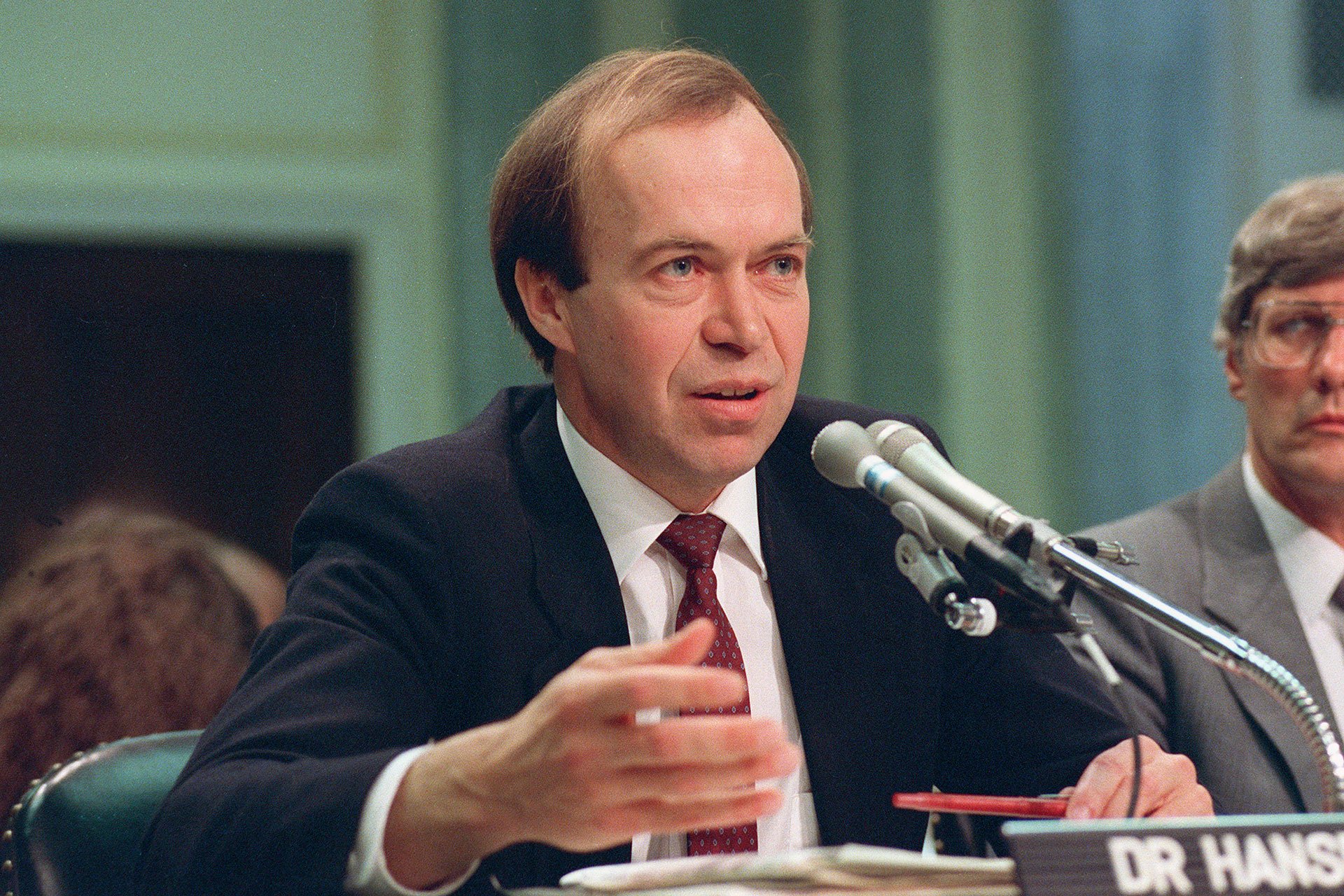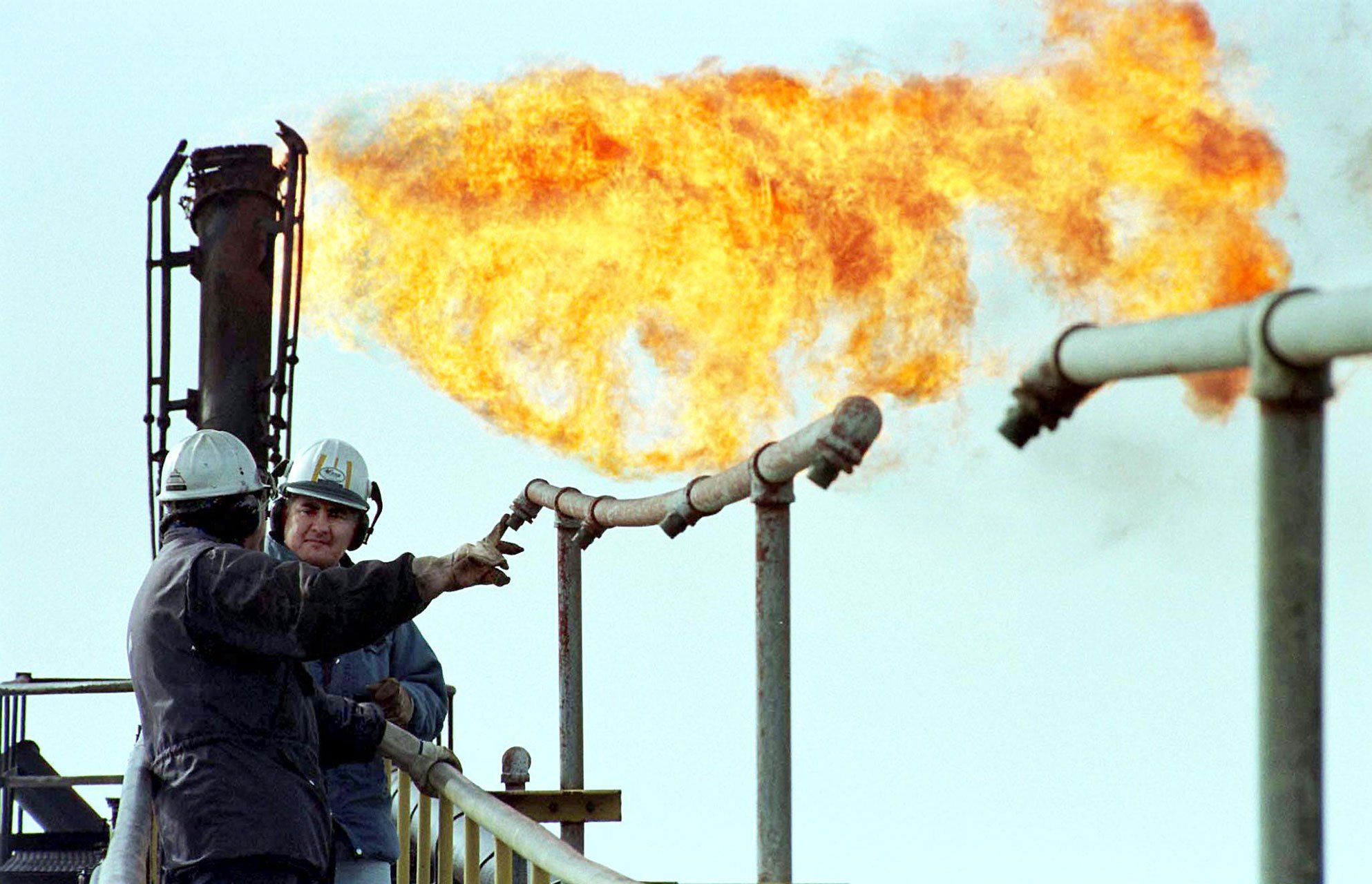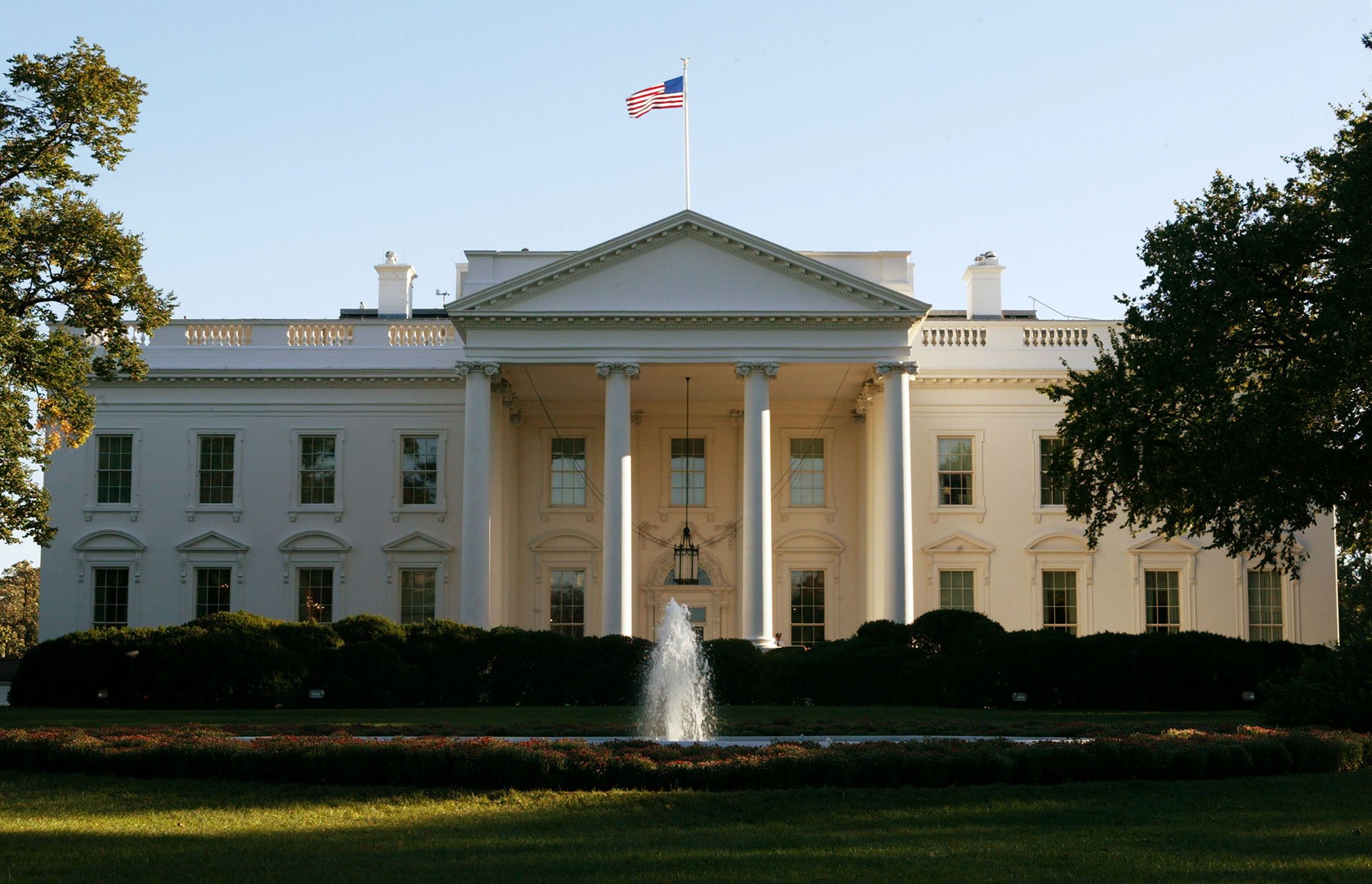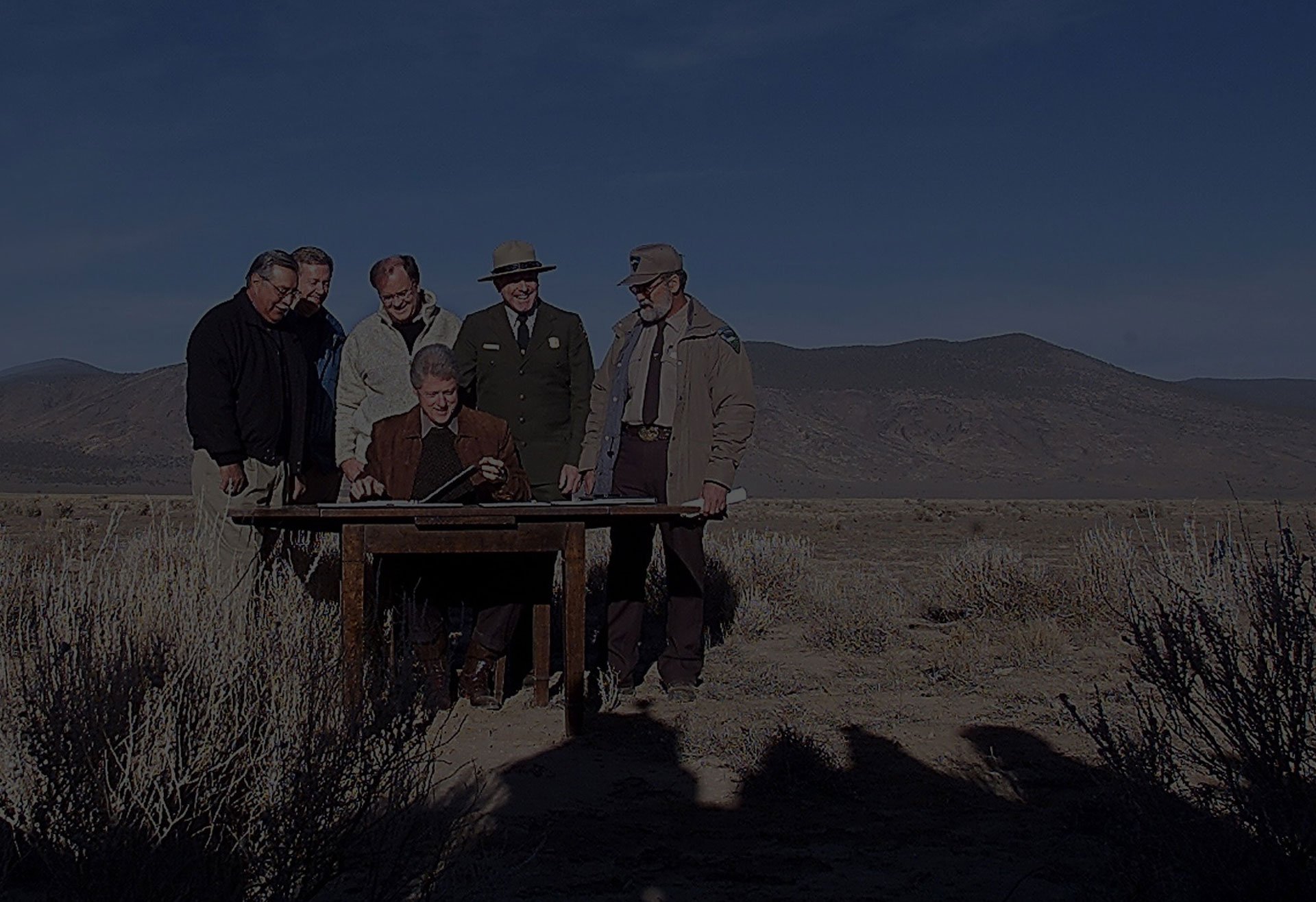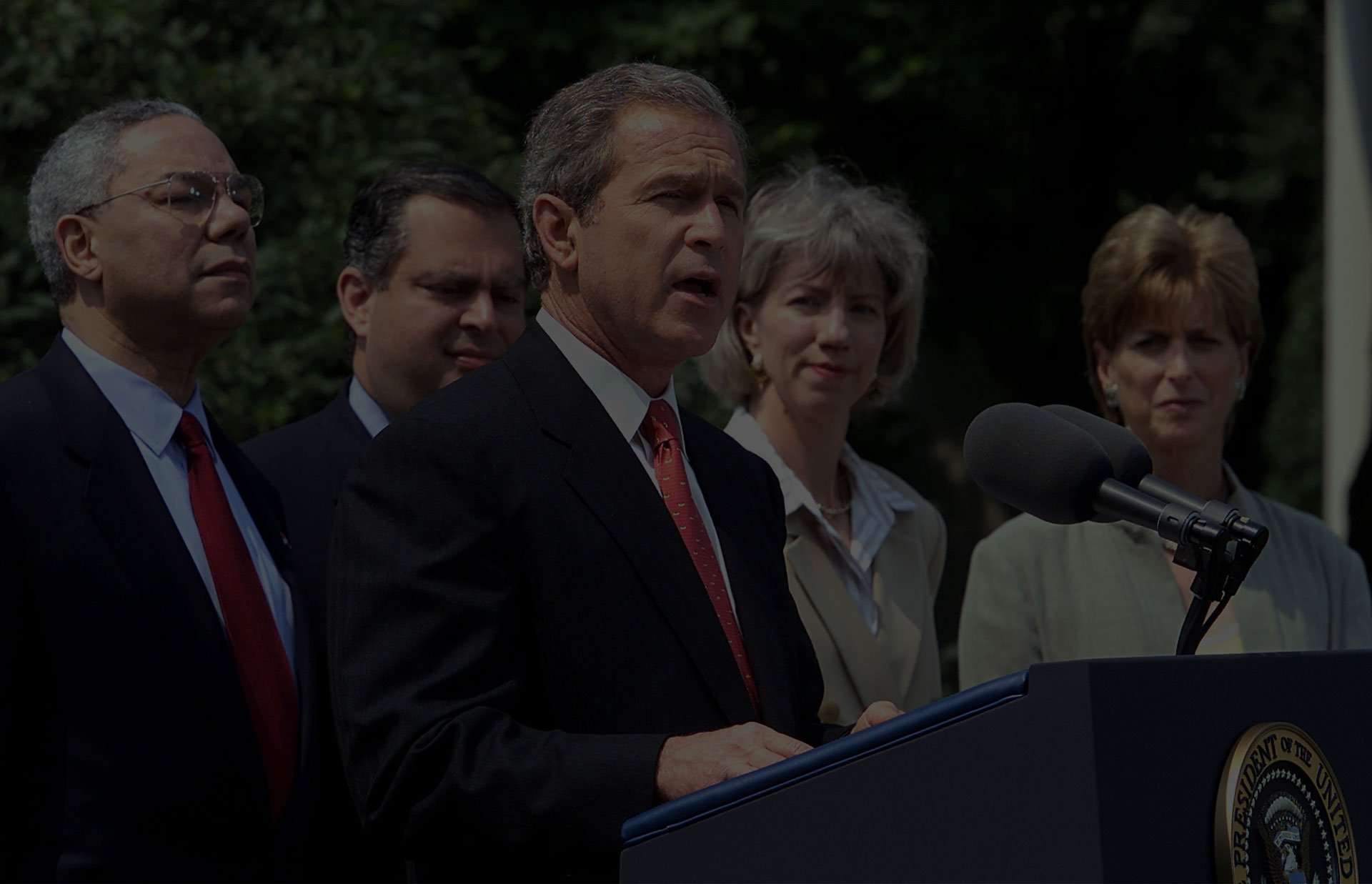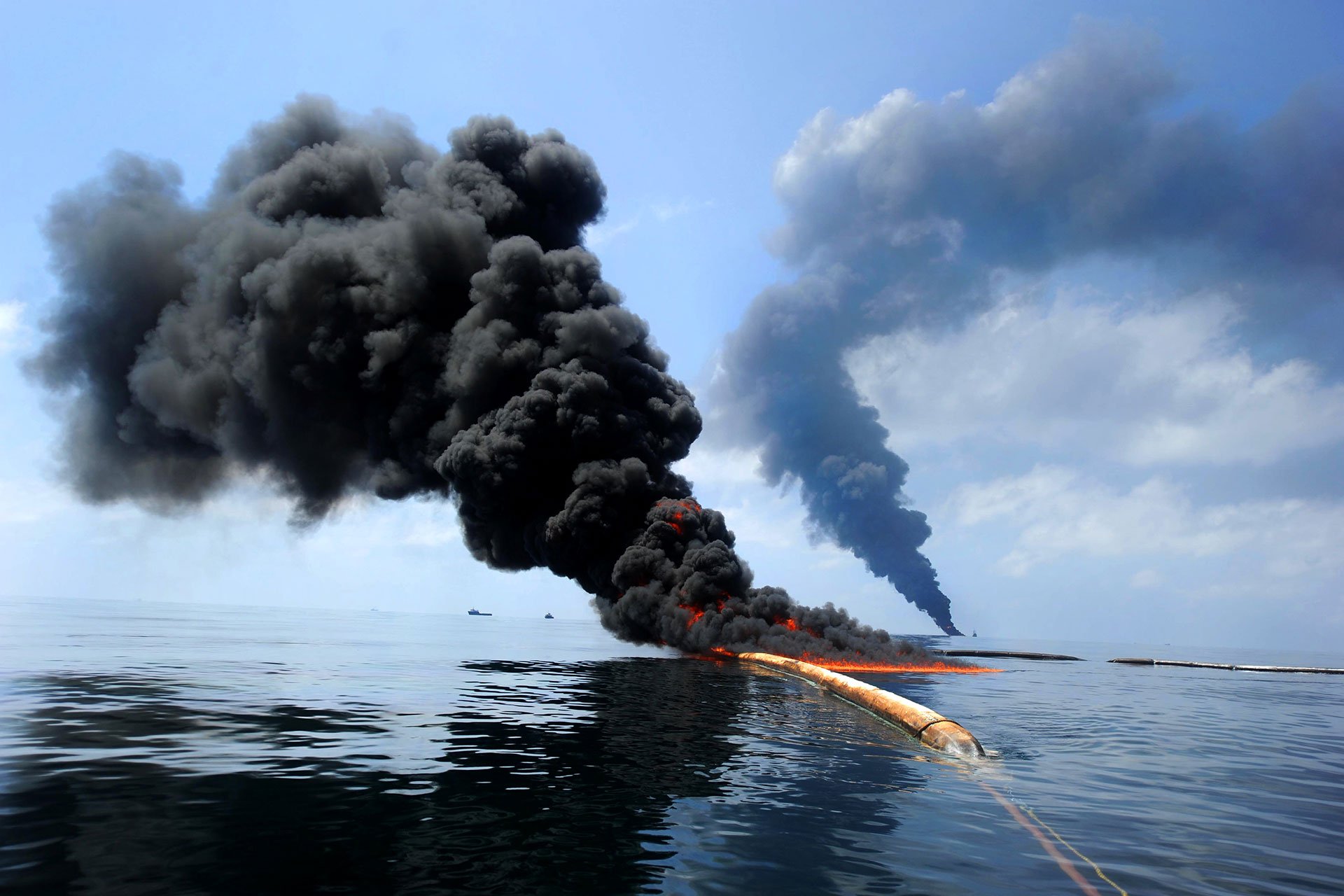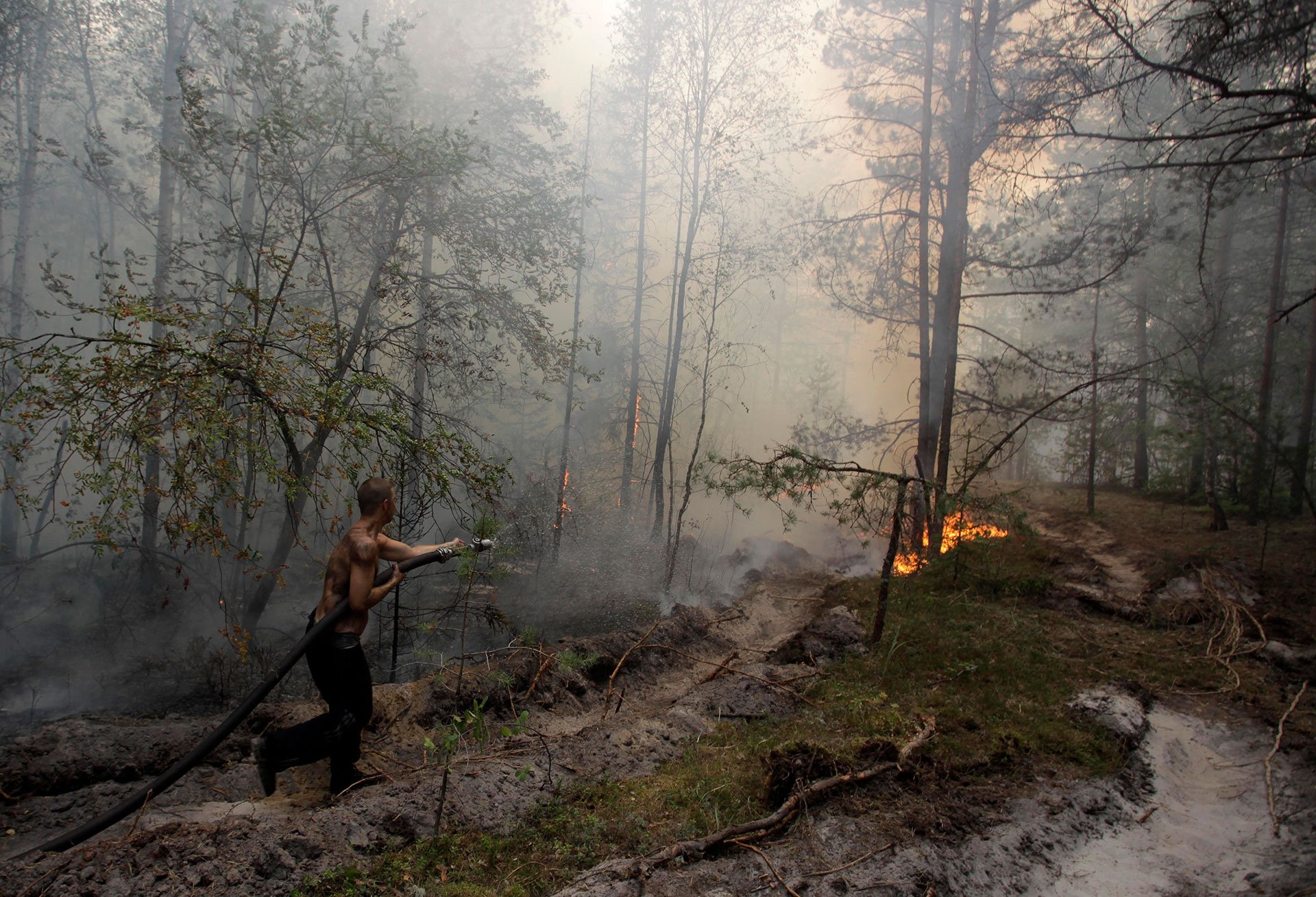Fighting Polluters Since 1970

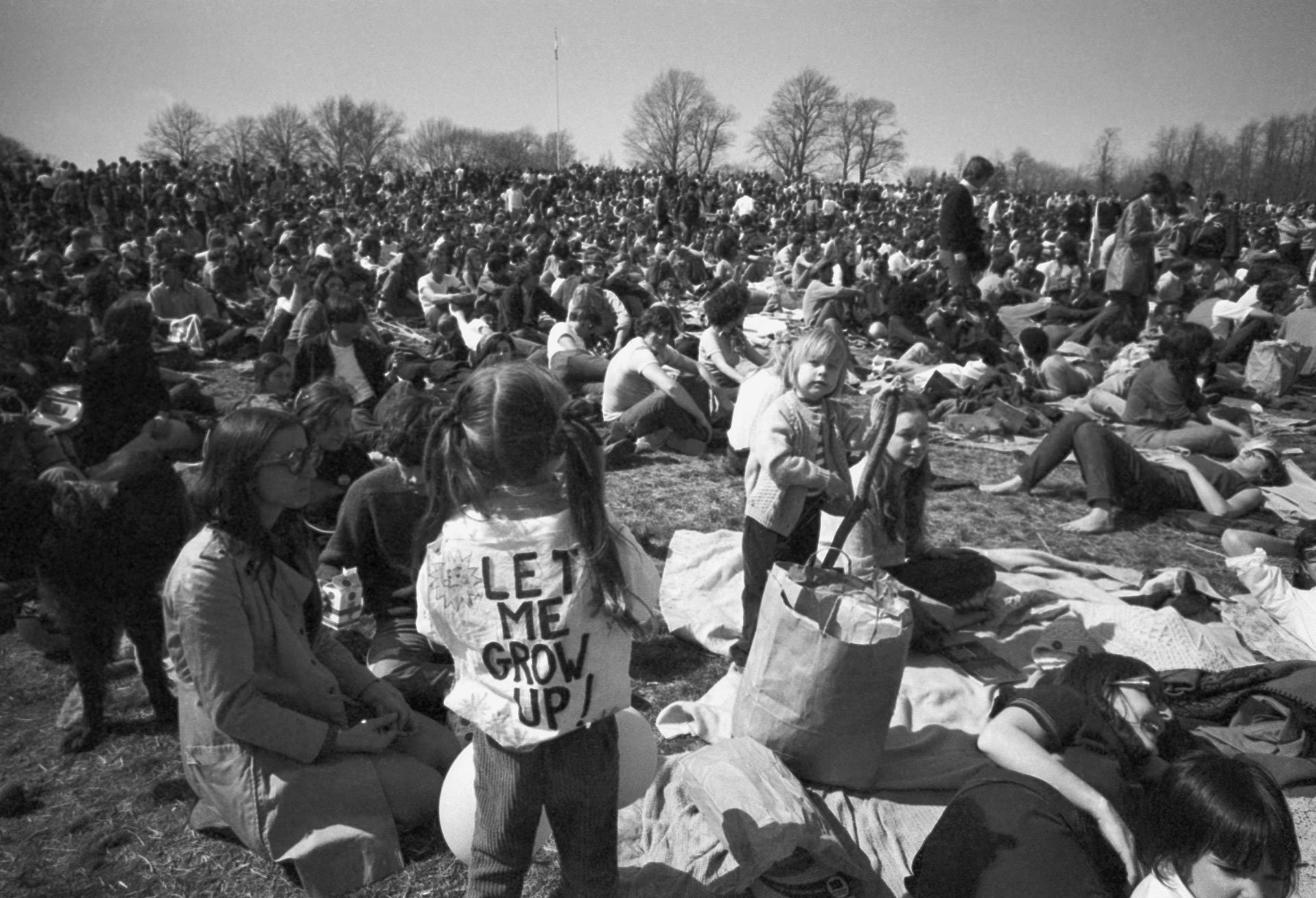
In 1970, 20 million people come together to celebrate the first Earth Day, the U.S. Environmental Protection Agency is established, and a small group of tenacious lawyers form the Natural Resources Defense Council.
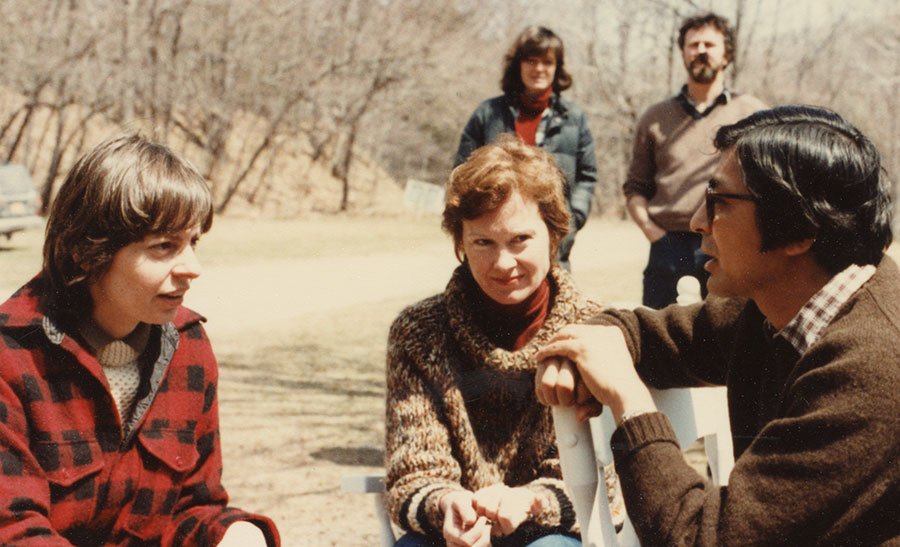
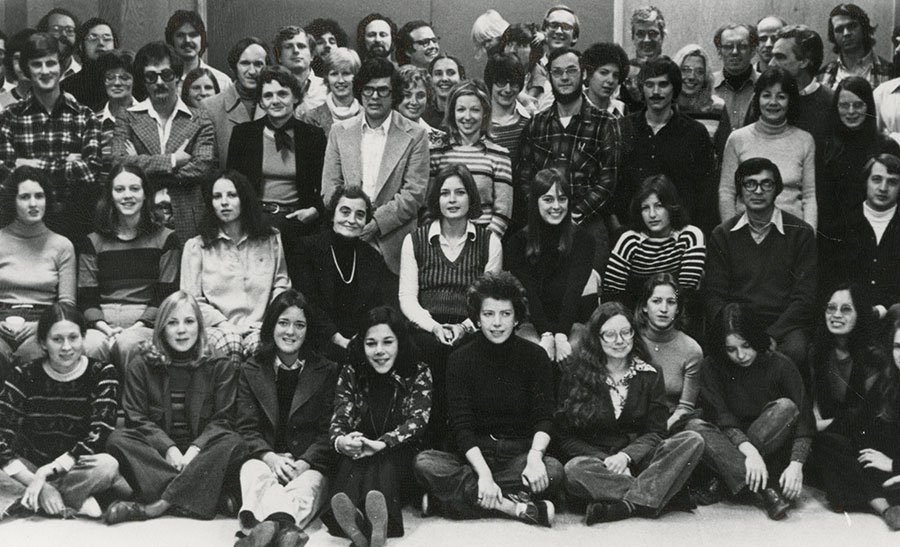
Their strategy is simple: Put together a top-notch team of lawyers, scientists, and policy experts to help write and pass evidence-based environmental laws. Then enforce those laws through tireless litigation.
Thanks to NRDC, the 1970s become a decade of signature legislation.
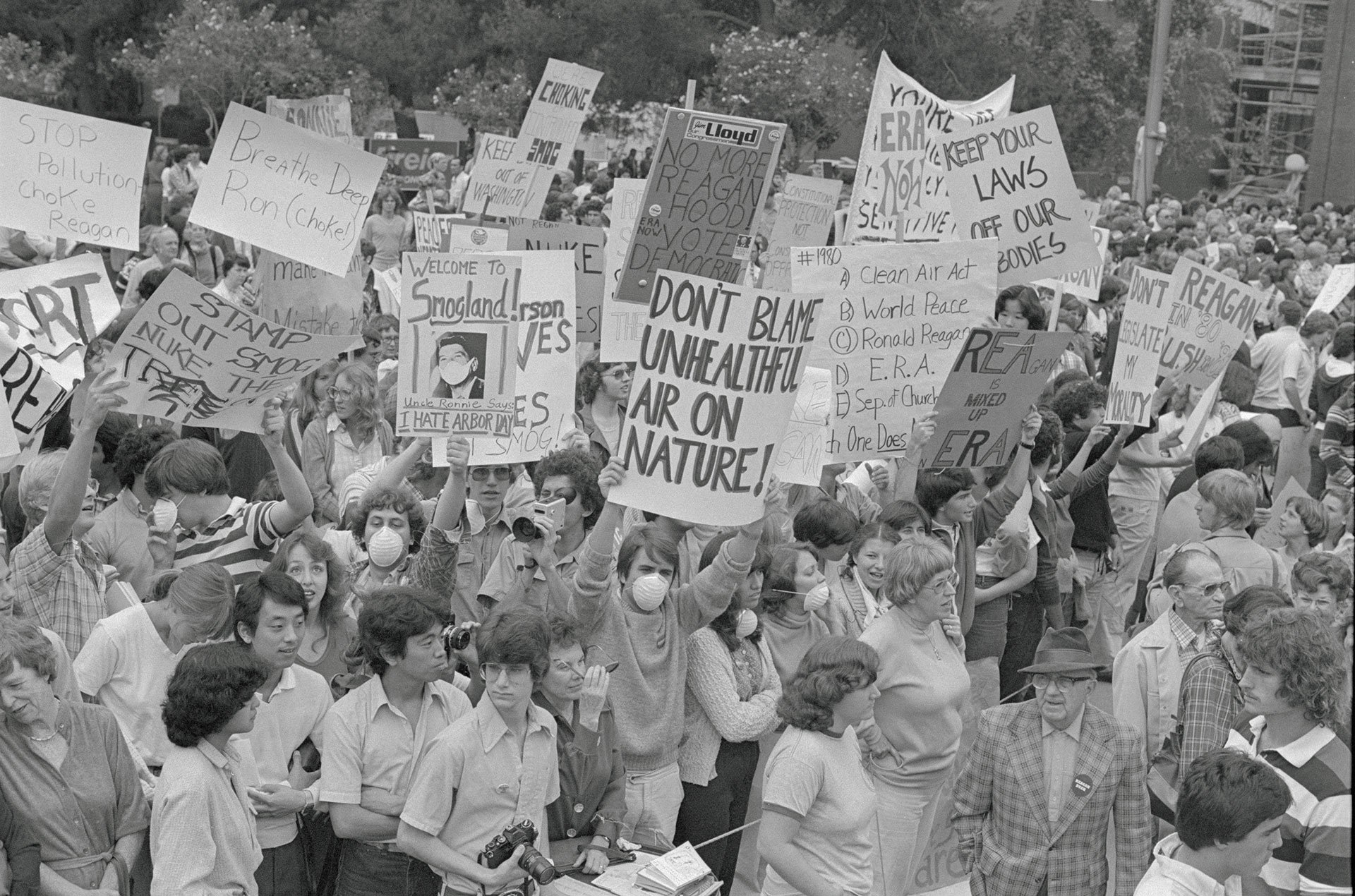
1984: NRDC scores its first victory toward reducing the nuclear threat.
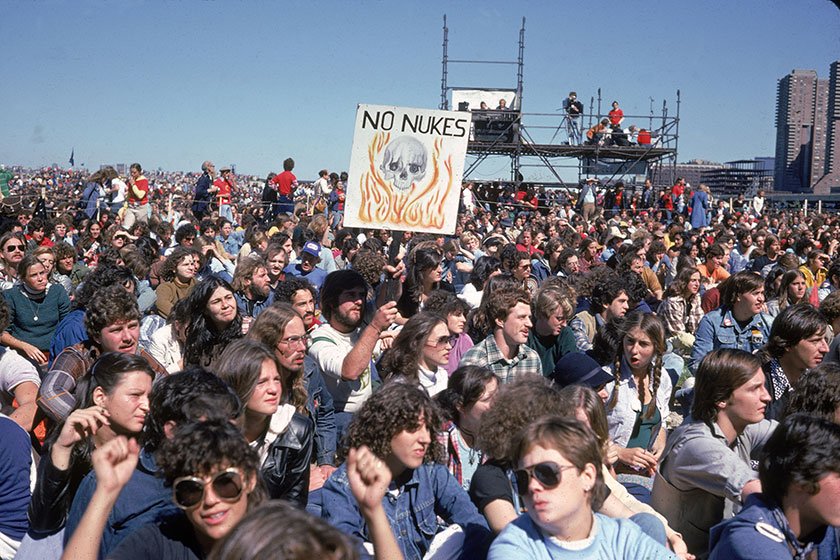
For decades, toxic and radioactive waste from nuclear weapons facilities has contaminated thousands of sites across the country.
These facilities have been evading environmental oversight for nearly 50 years.
This all changes when NRDC wins litigation that requires these facilities to abide by the same environmental laws as everyone else, ending a half century of secrecy and self-regulation and triggering a massive cleanup effort.
Nuclear testing also poses serious health risks to nearby communities—
risks that propel NRDC to urge Congress and the White House to stop nuclear testing globally.
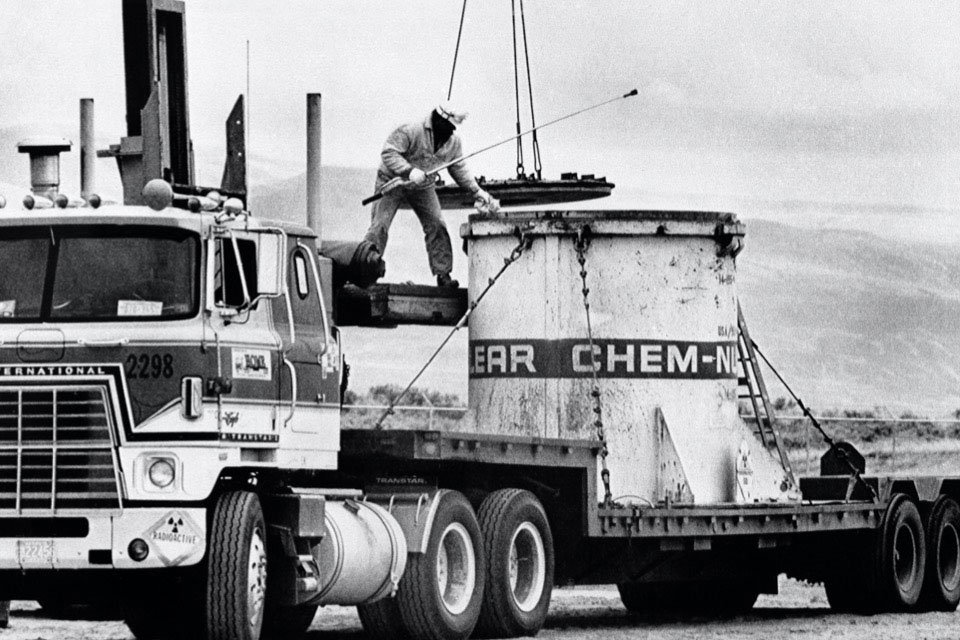
But there's a problem:
The United States is in an arms race with the Soviet Union and won’t sign a nuclear testing ban unless there’s a way to ensure that the Soviets will keep up their end of the deal.
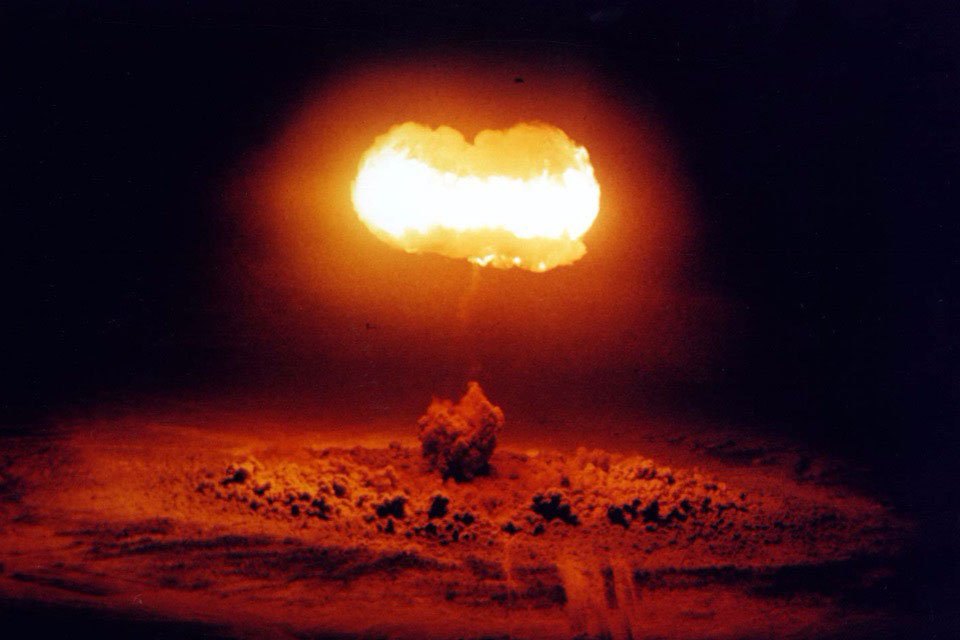
So NRDC finds the solution:
New seismic stations, created by an NRDC-led delegation and run by a team of American and Soviet scientists, are placed around testing sites to accurately monitor for nuclear testing and provide scientific verification of compliance.
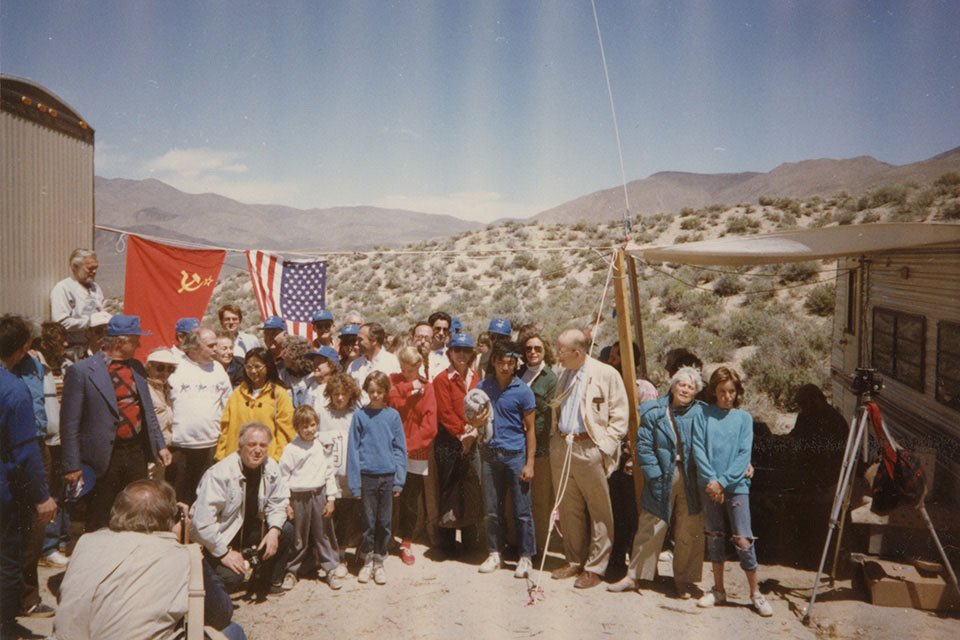
It works.
In 1992, President George H. W. Bush signs a bill to suspend explosive nuclear testing. Tests on both sides grind to a halt.
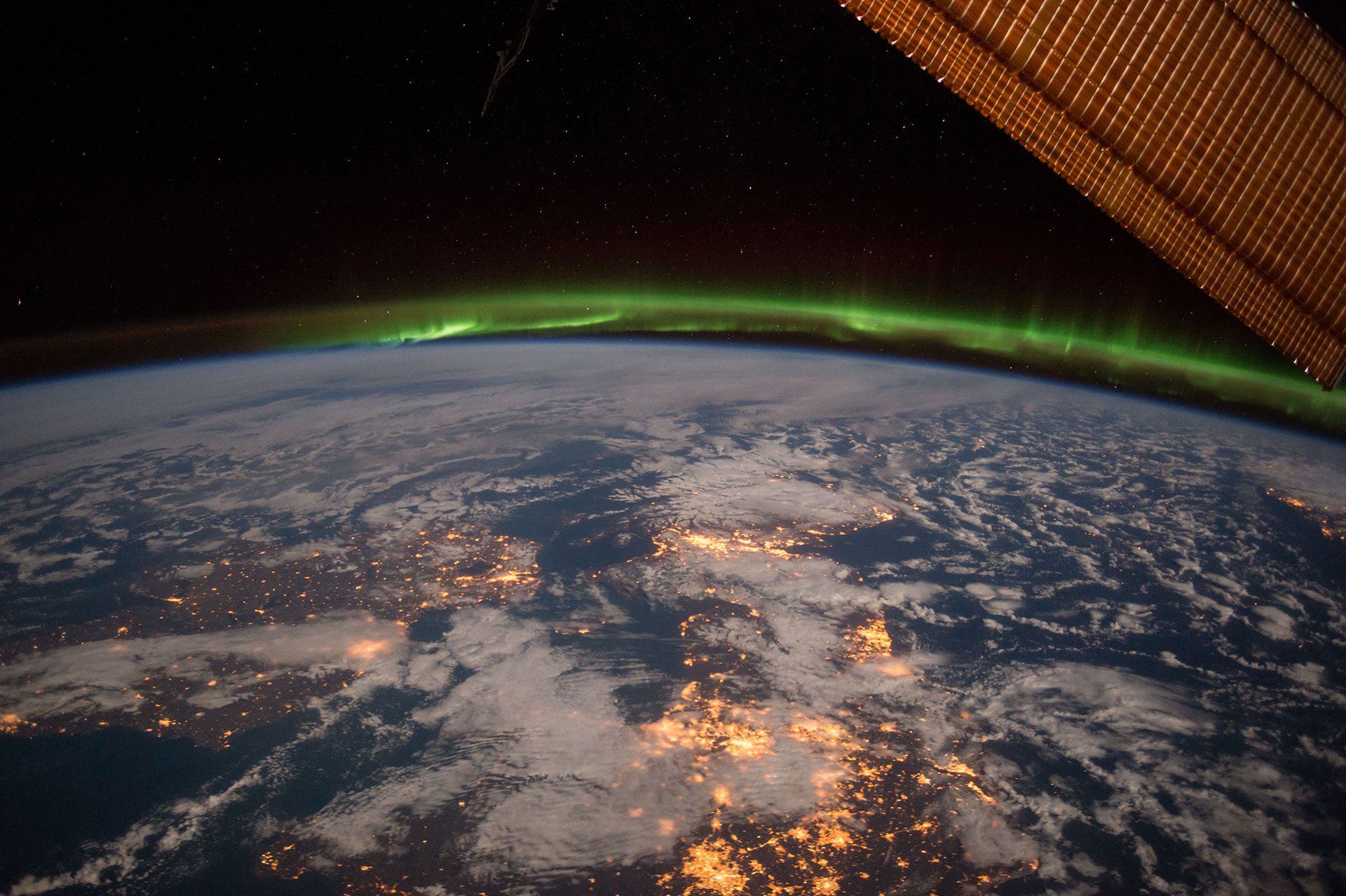
1987: NRDC helps heal the ozone layer.
Thanks to our litigation, research, and pressure, 46 countries sign the 1987 Montreal Protocol, a global agreement to phase out the industrial use of ozone-depleting chemicals and close up the gaping ozone hole growing over Antarctica.
Today, that pact includes every country in the world.
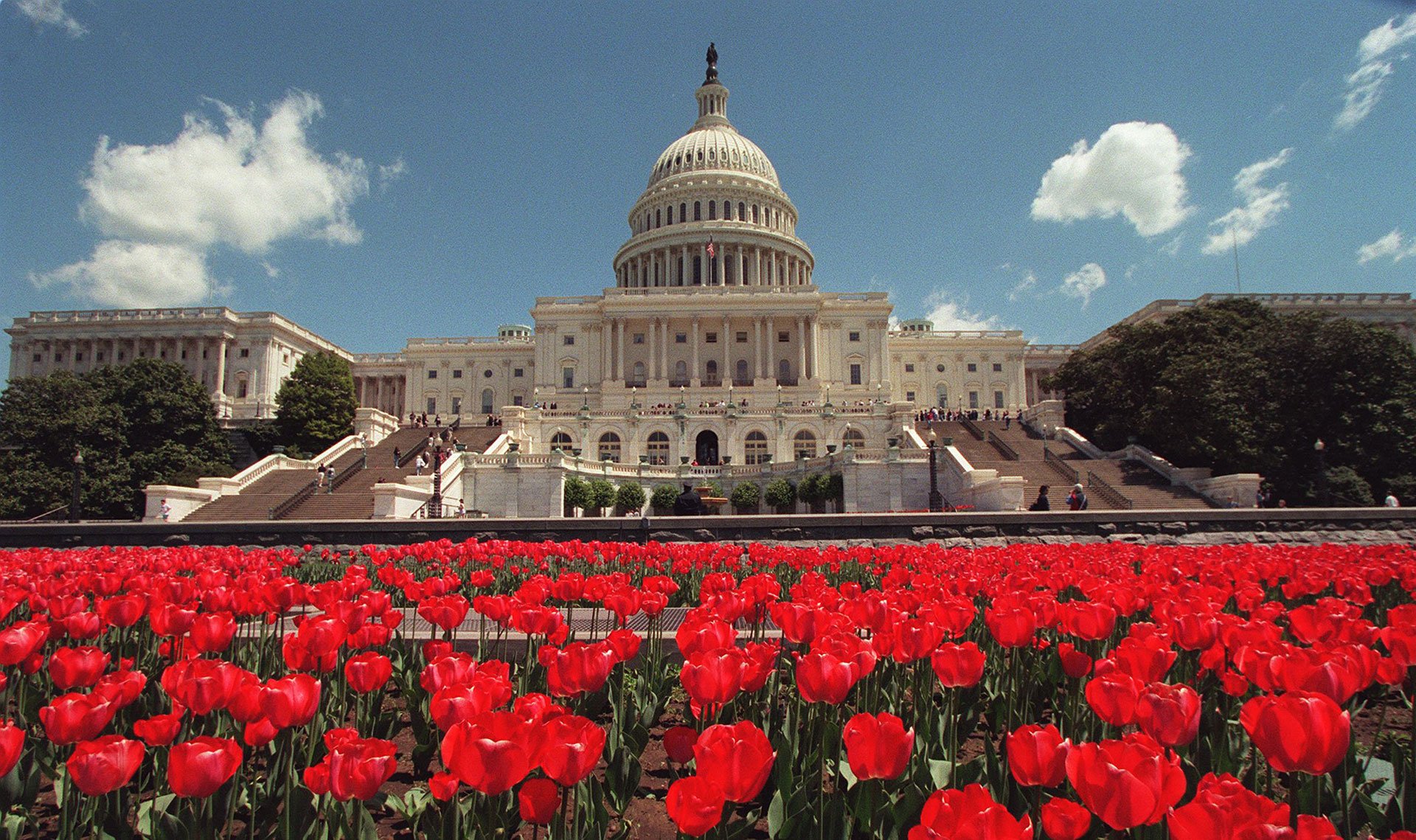
1990: One year after the catastrophic Exxon Valdez spill, NRDC pressures the federal government to pass the Oil Pollution Act.
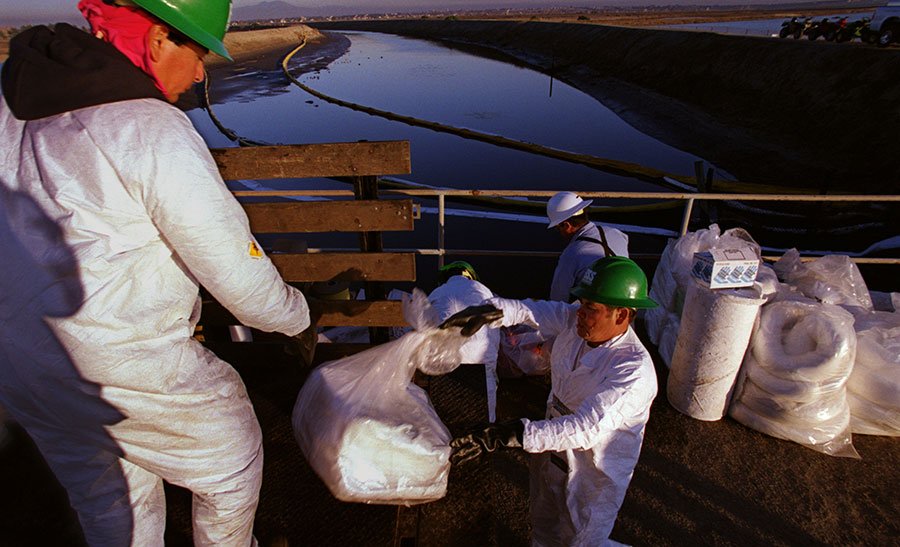
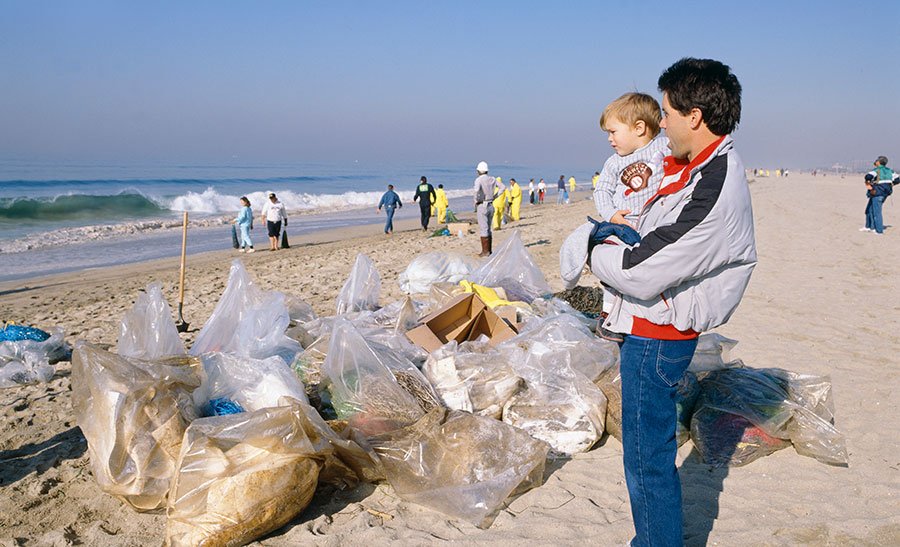
The landmark law means offshore polluters have to clean up their own messes and restore damaged natural resources after spills.
Meanwhile, NRDC looks to the future in China, the world’s most populous country and largest carbon emitter.
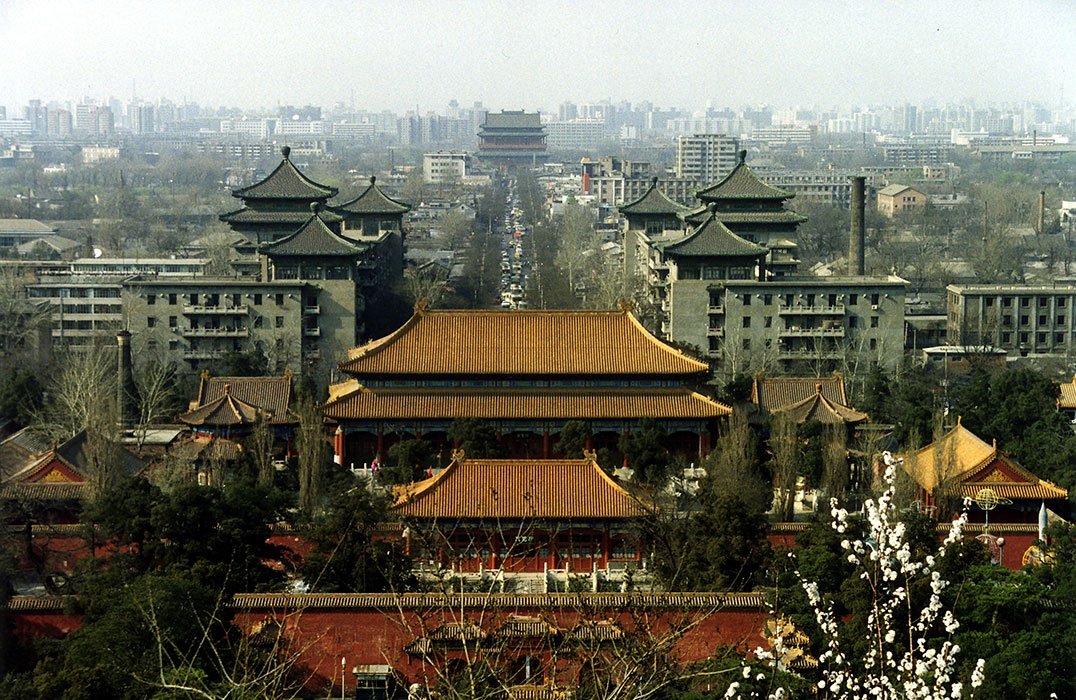
1996: NRDC launches the China Clean Energy Project.
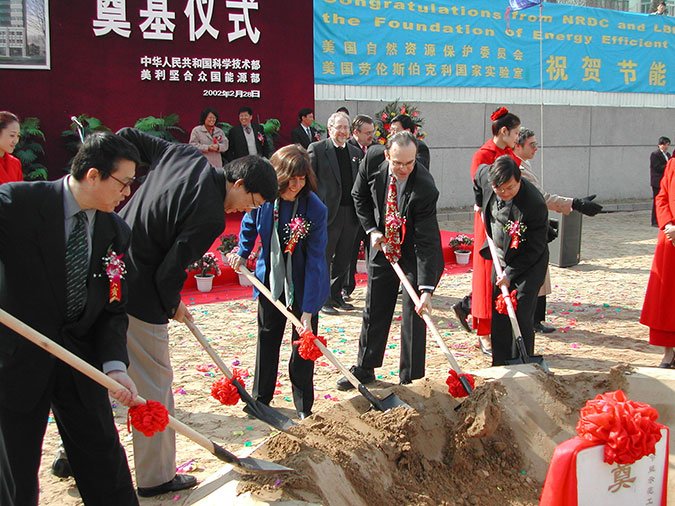
The China Clean Energy Project promotes energy efficiency and green-building certification in rapidly industrializing cities across China.
This project helps birth China’s clean energy movement and lay the foundation for what eventually becomes an NRDC office in Beijing.
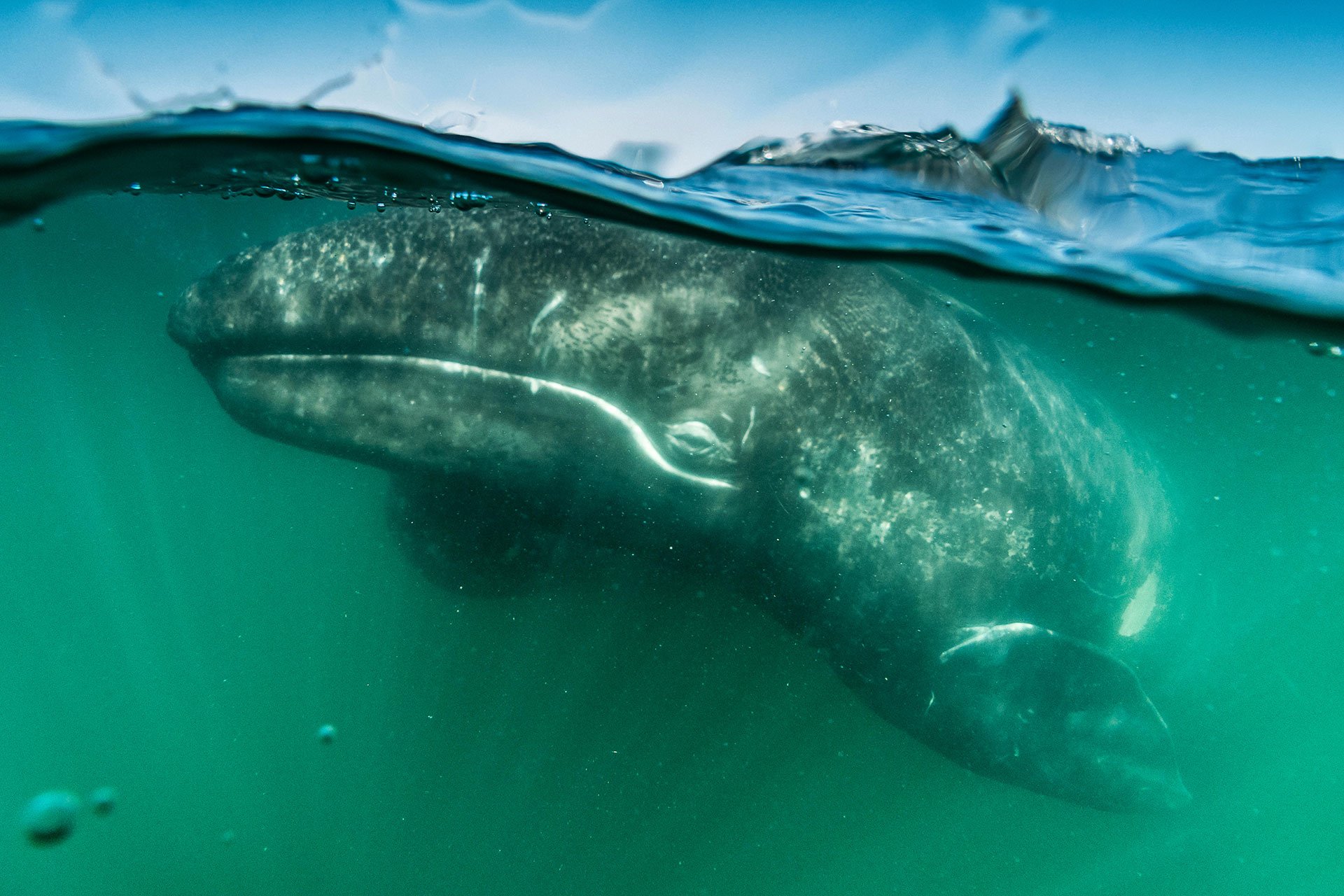
“This remains one of the most significant environmental decisions of our generation—not just for Mexico, but for the world. The San Ignacio Lagoon is a World Heritage site, a part of the larger El Vizcaino Biosphere Reserve, a whale sanctuary, and a migratory bird refuge. We brought the full force of world opinion and consumer power to bear on Mitsubishi and Mexico to save the gray whale nursery. It would have been the worst place on the planet for industrial development.” Joel Reynolds, NRDC senior attorney
2008: NRDC launches the India Initiative, a series of projects that address the country’s unique public health, energy, and climate challenges.
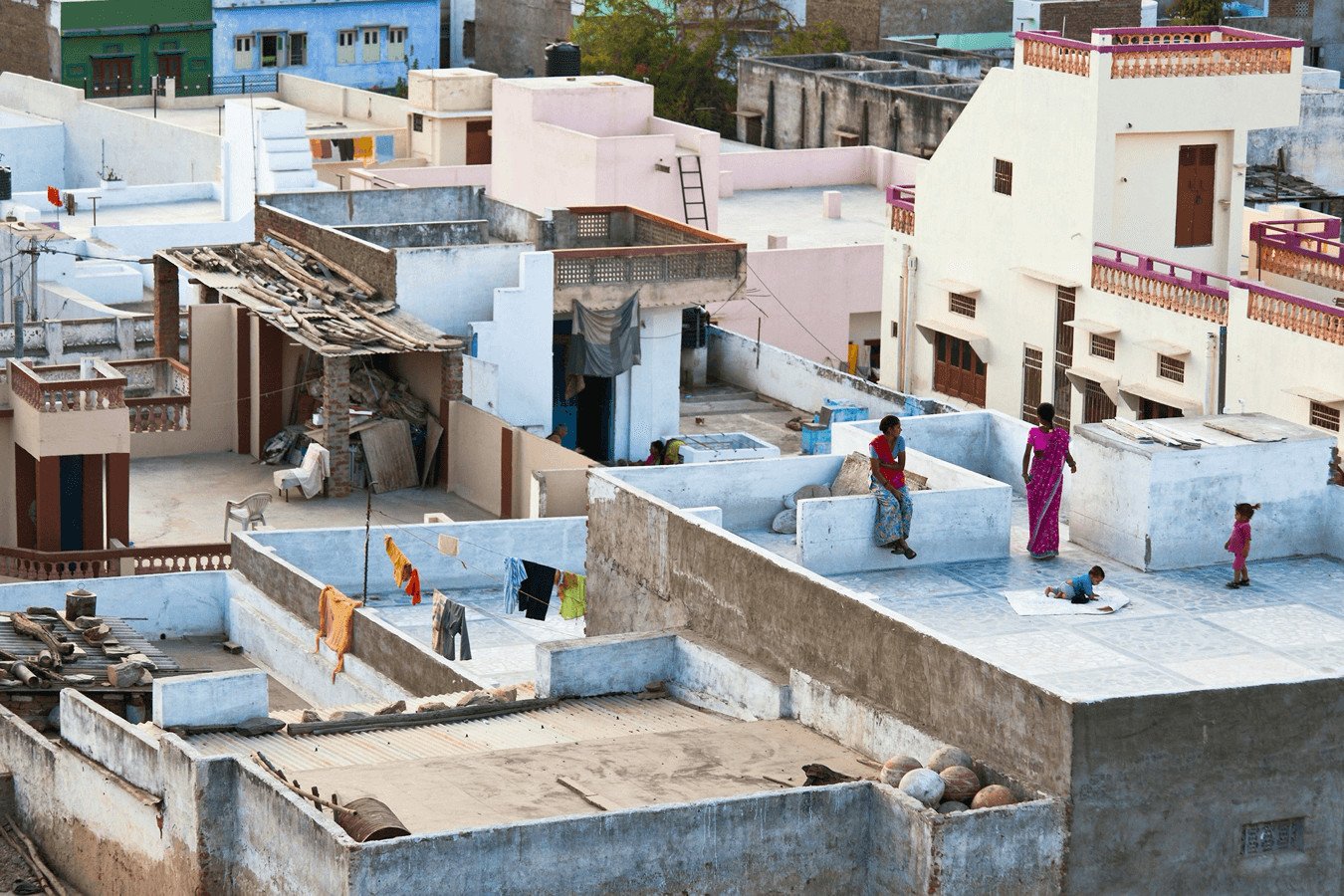
Alongside a network of local partners, NRDC improves climate resiliency for some of India’s most vulnerable communities by putting early-warning systems in place for extreme heat waves and installing cool roofs that reflect sunlight.
We also help finance clean energy technology for remote villages and improve the energy efficiency of commercial building codes.
Calls get louder for environmental justice for the low-income communities and people of color who have long been disproportionately impacted by air and water pollution.
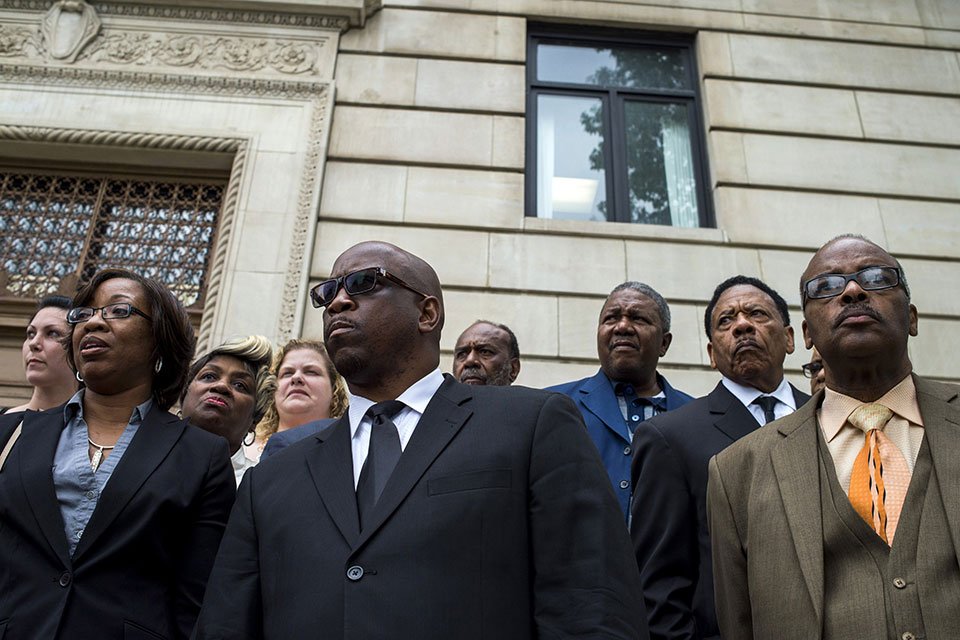
2016: NRDC fights alongside the residents of Flint, Michigan, who have been exposed to dangerously high levels of lead in their drinking water for years.
After NRDC files a federal lawsuit, the city of Flint and Michigan state officials agree to replace the lead pipes that are contaminating the water supply and endangering public health.
2019: NRDC helps negotiate the John D. Dingell Jr. Conservation, Management, and Recreation Act—the largest designation of wilderness in 25 years and a bipartisan vote of confidence in the future of public lands and waters.
The law safeguards more than 1.3 million acres of pristine natural habitat and nearly 620 miles of rivers across the United States.
It also protects historic and culturally significant landmarks, like the home of civil rights activists Medgar and Myrlie Evers and Camp Nelson, a Civil War recruitment and training camp for African-American volunteers in the Union Army.
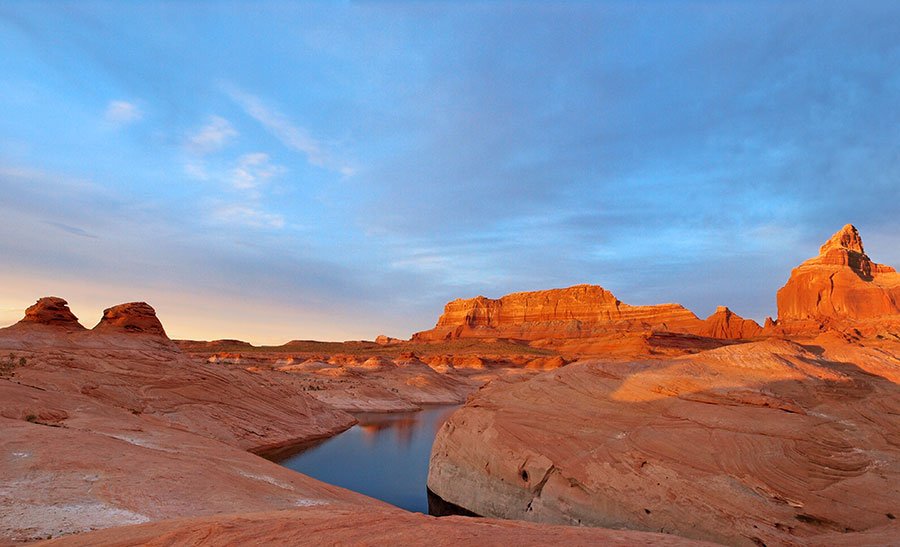
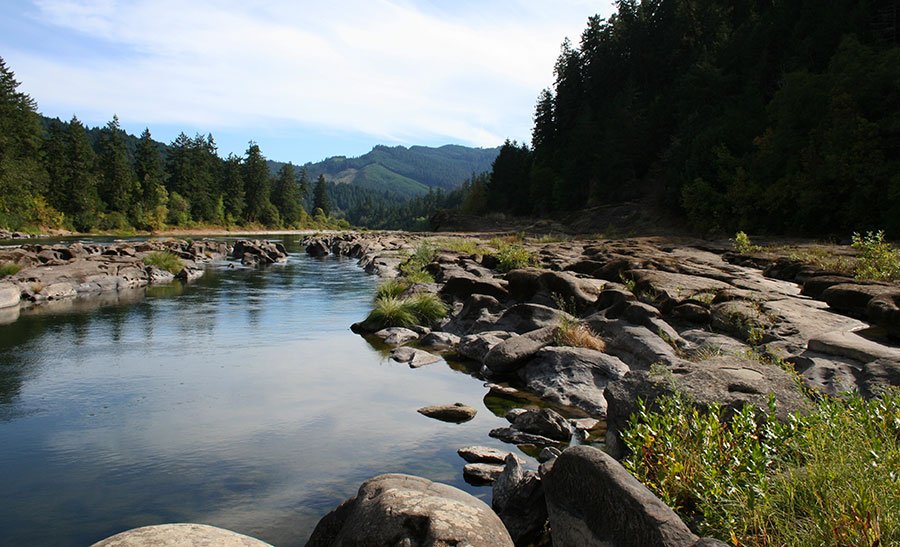

Our first 50 years are just the beginning.
The next half century will present unprecedented challenges and even higher stakes. Without urgent and collective climate action, scientists predict that ecosystems will collapse, food supplies will be stretched thin, and extreme-weather events will become more frequent and destructive. As always, low-income communities and people of color will be hit first and hardest.
Our work is cut out for us.
But NRDC was made for this moment. We have the science, policy, and legal expertise plus three million passionate supporters.
Together, we are an unstoppable force. Join us.
